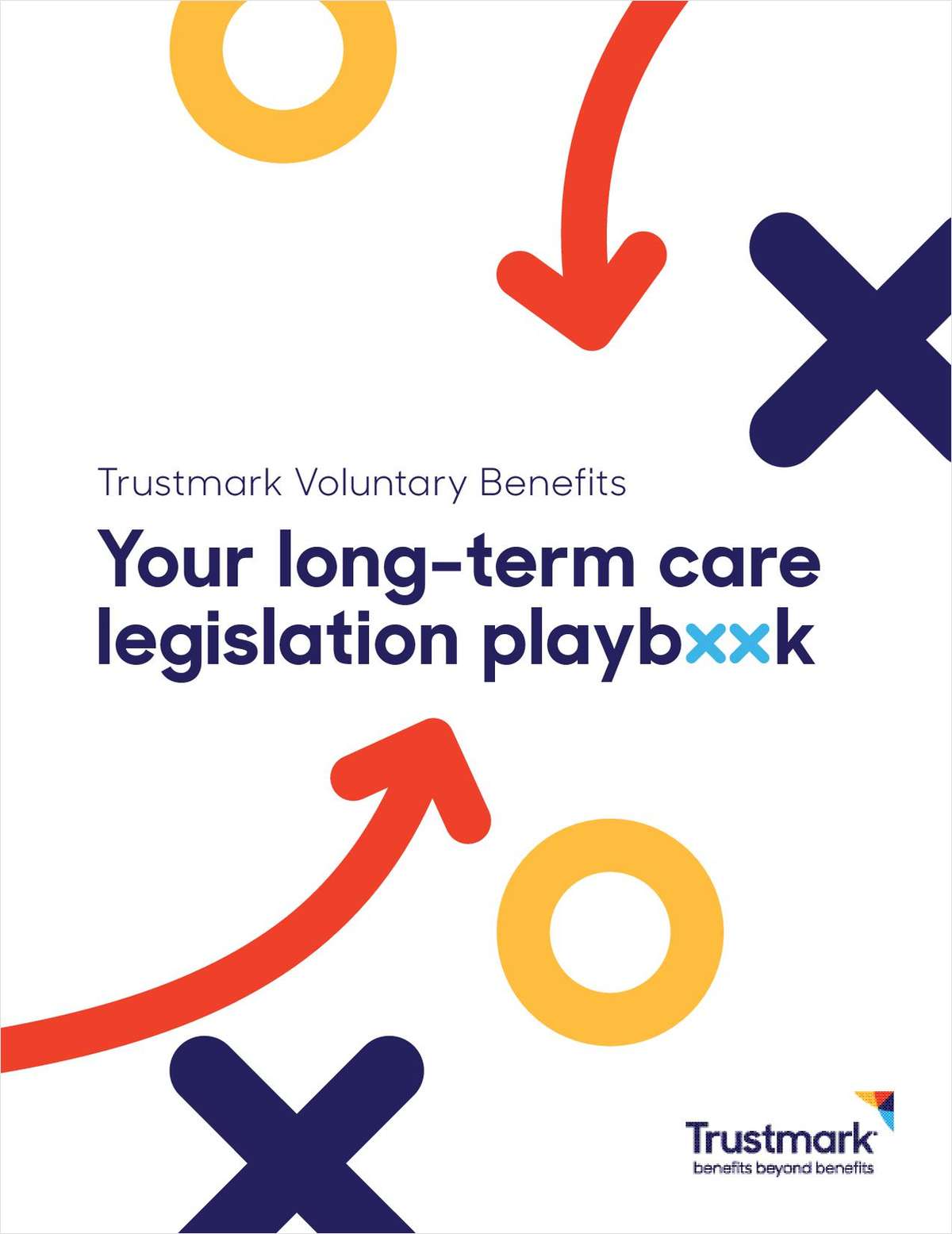It's that time of year when businesses start their open enrollment process for the new benefits year. Although the HR department has been working hard to get employees good coverage, the actual rollout can be troublesome and confusing if the messaging is not delivered timely and accurately to your greatest asset—human capital. Most organizations use the fourth quarter of the year to educate and enroll employees in their health care plan for the new year.
"Open enrollment is a period of time set aside by an employer to educate employees on the group benefits available to them," says Erich Sternberg, president of AlwaysCare Benefits in Baton Rouge, La. "The goal of open enrollment is to ensure that all employees receive a comprehensive overview of the benefit offerings to enable them to make informed decisions on what is best for themselves and their families. This is especially true when the employer offers voluntary benefits wherein the employee is responsible for paying the full cost of the benefit."
"An open enrollment period offers employees the opportunity to make changes to their benefits. They can add coverage, terminate their coverage, or make a change to an existing policy," Sternberg says. "Open enrollment is also a time for employers to educate their employees about any changes they may have made to their employee benefits package."
Complete your profile to continue reading and get FREE access to BenefitsPRO, part of your ALM digital membership.
Your access to unlimited BenefitsPRO content isn’t changing.
Once you are an ALM digital member, you’ll receive:
- Critical BenefitsPRO information including cutting edge post-reform success strategies, access to educational webcasts and videos, resources from industry leaders, and informative Newsletters.
- Exclusive discounts on ALM, BenefitsPRO magazine and BenefitsPRO.com events
- Access to other award-winning ALM websites including ThinkAdvisor.com and Law.com
Already have an account? Sign In
© 2024 ALM Global, LLC, All Rights Reserved. Request academic re-use from www.copyright.com. All other uses, submit a request to [email protected]. For more information visit Asset & Logo Licensing.








